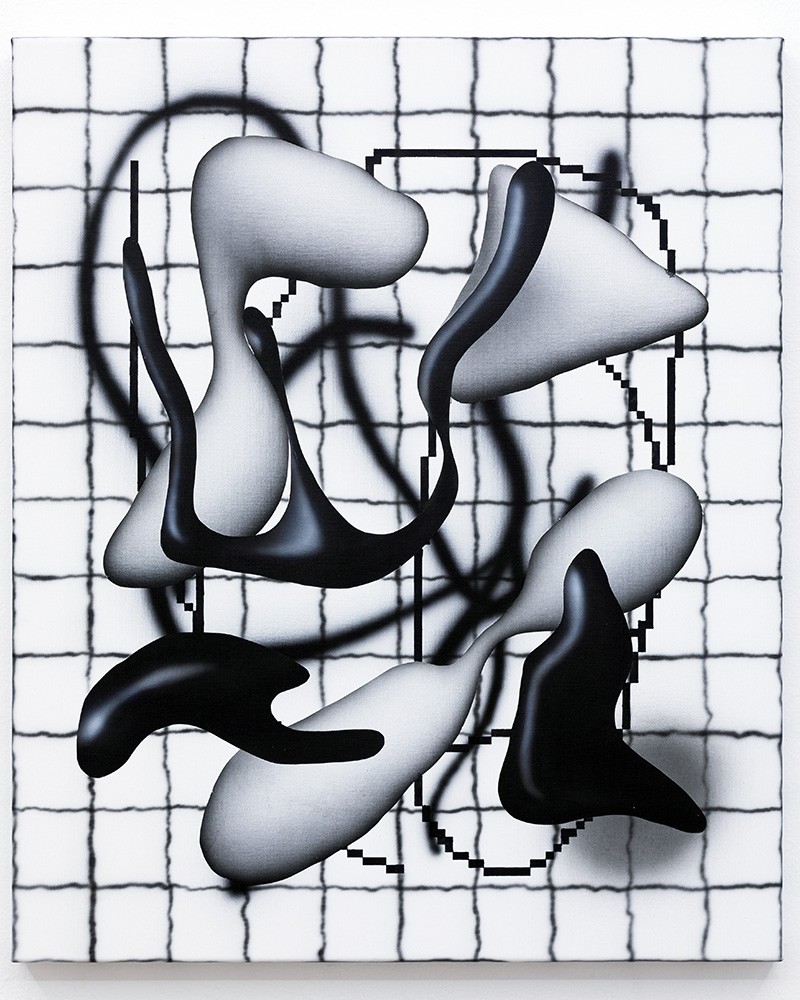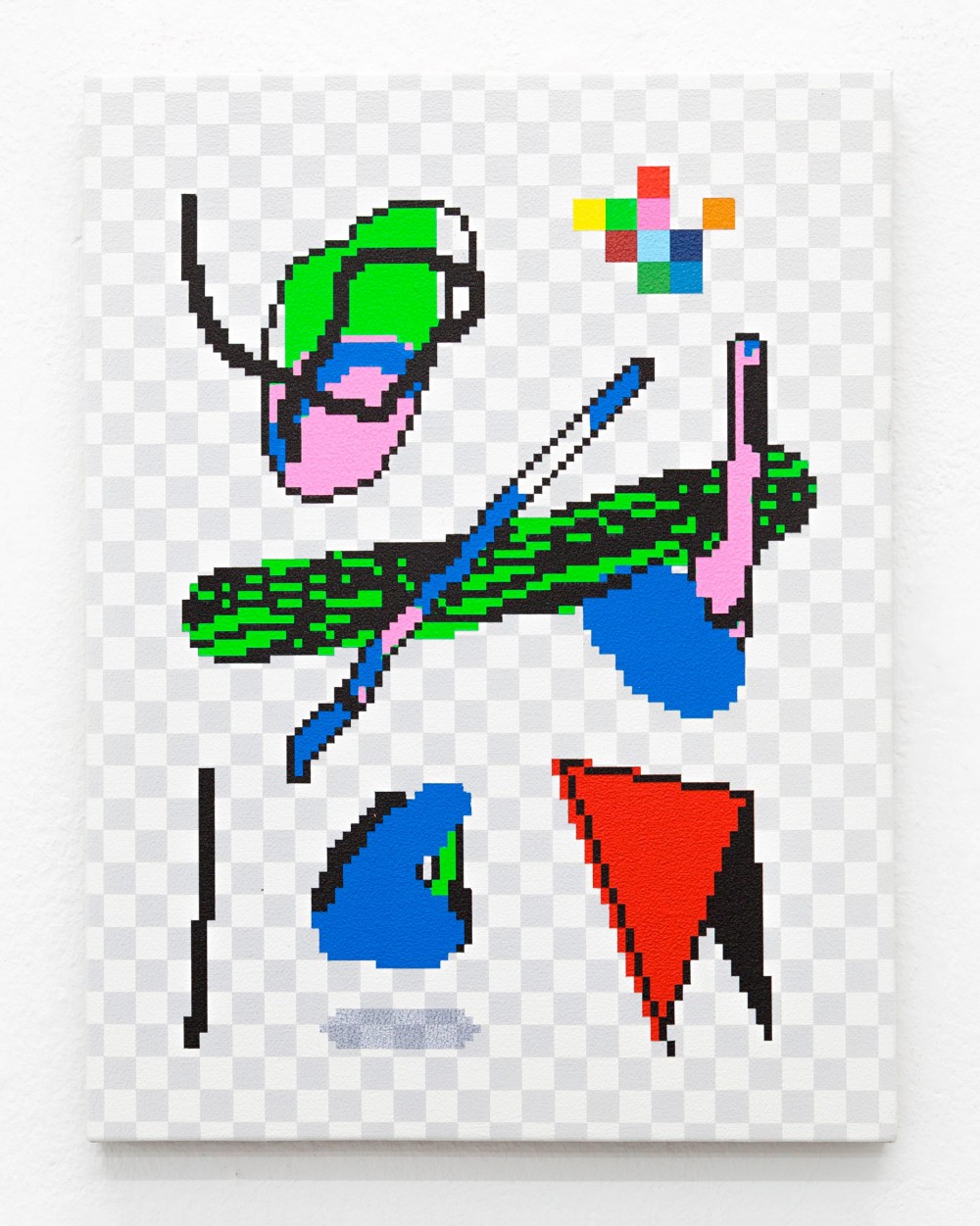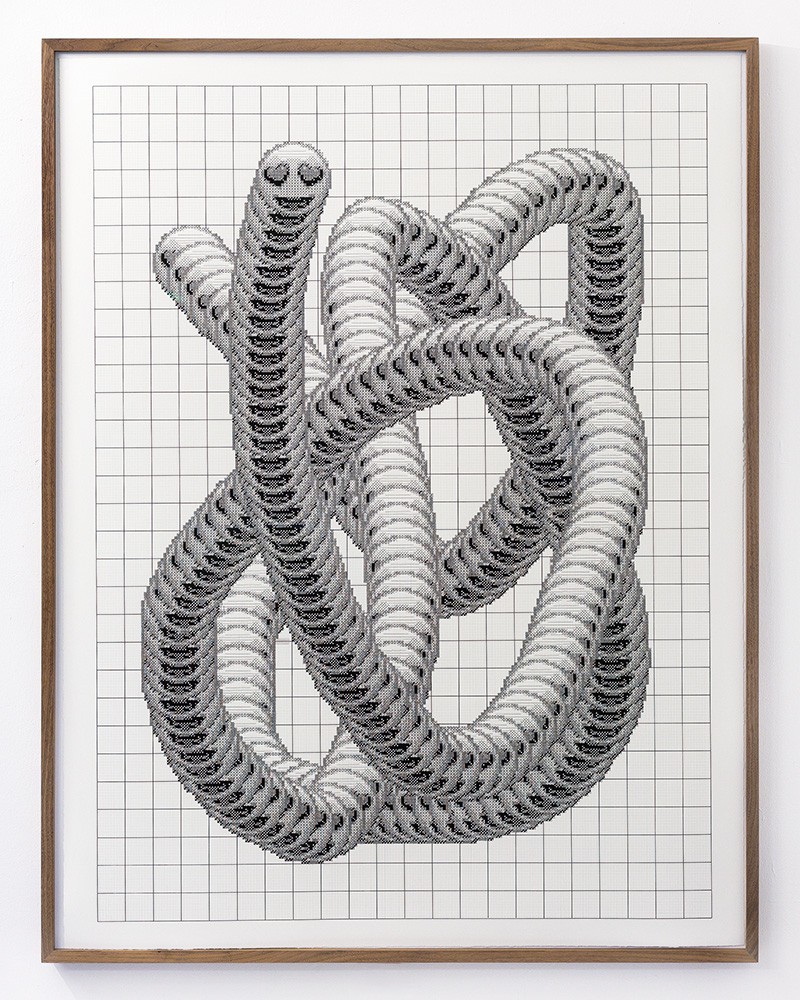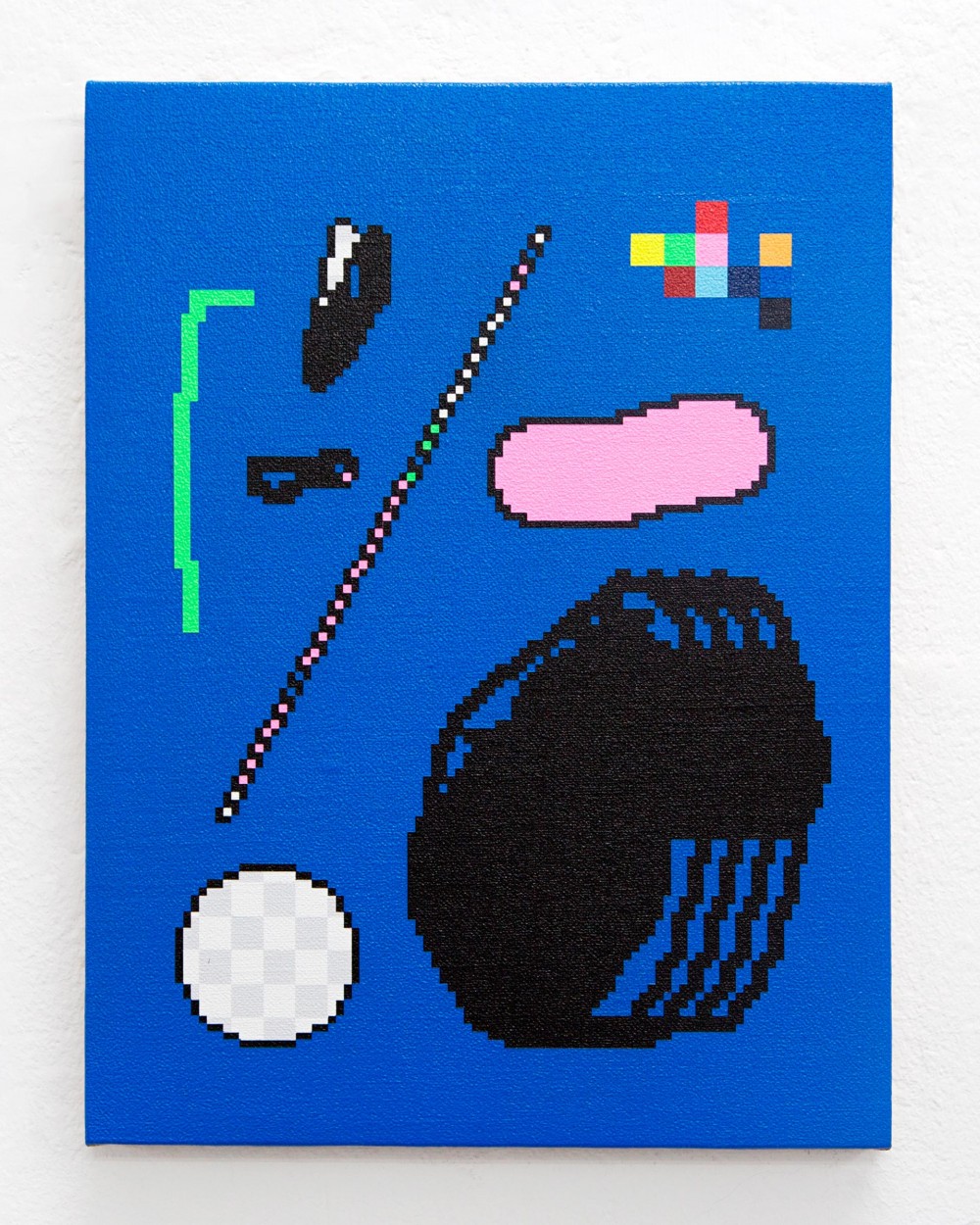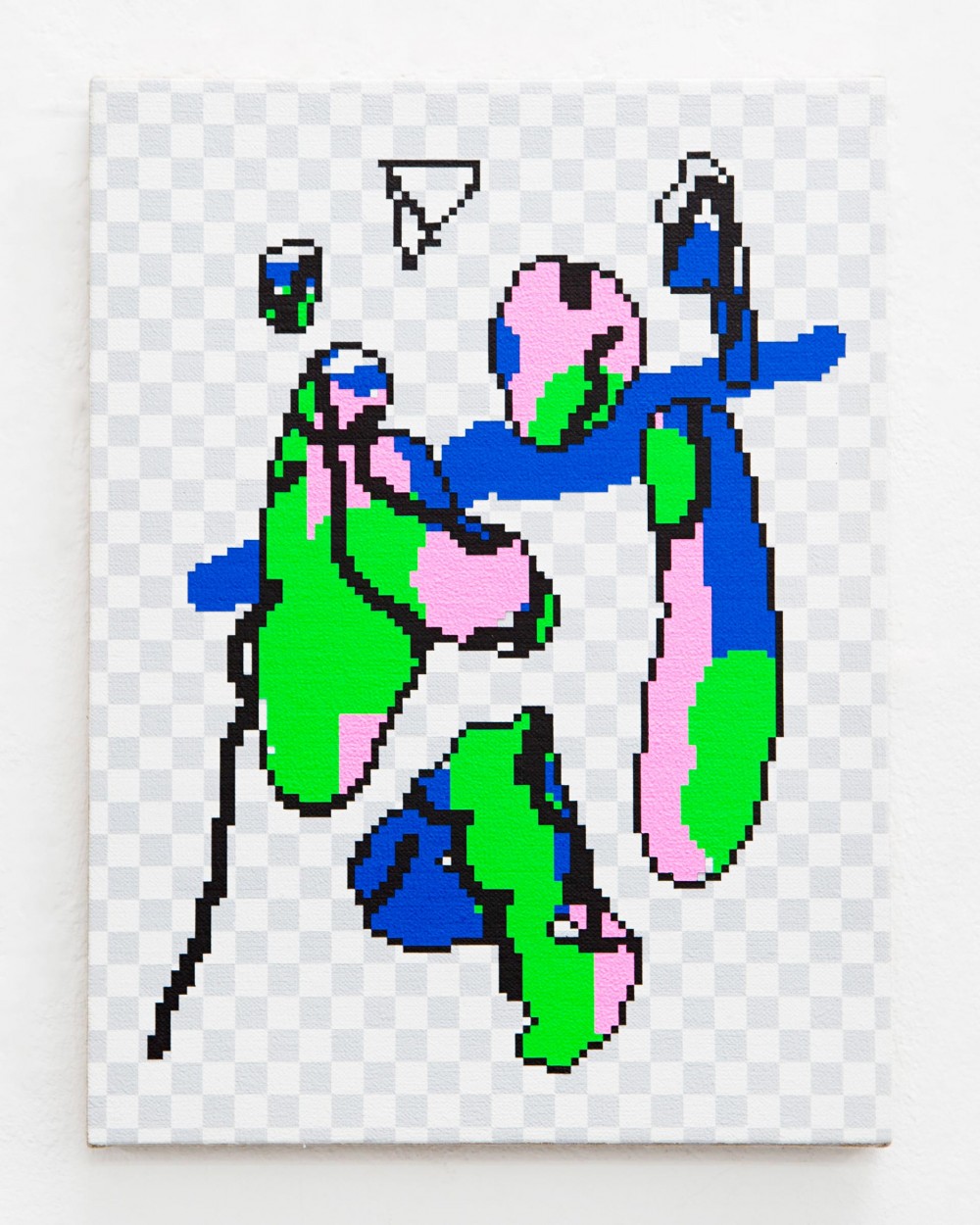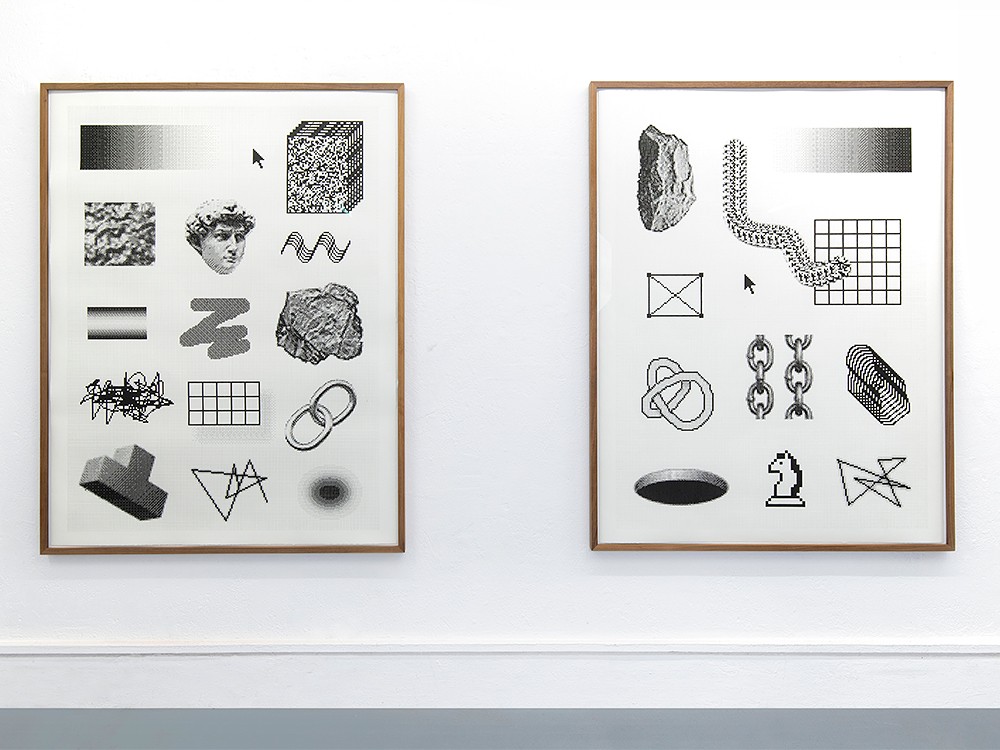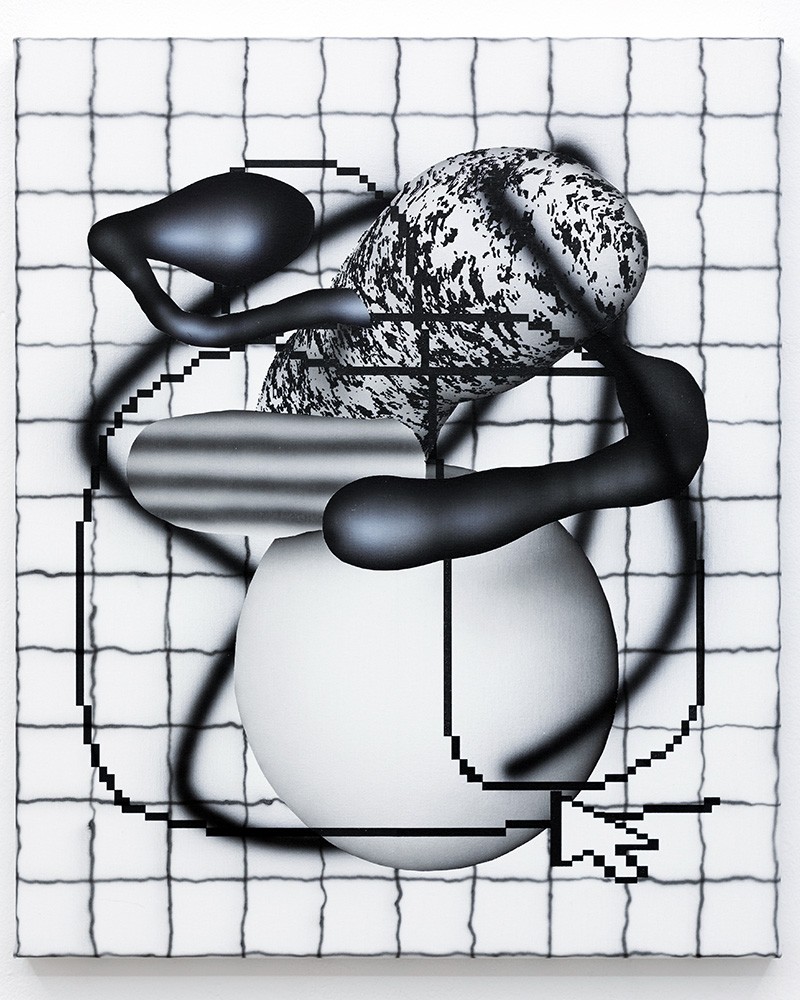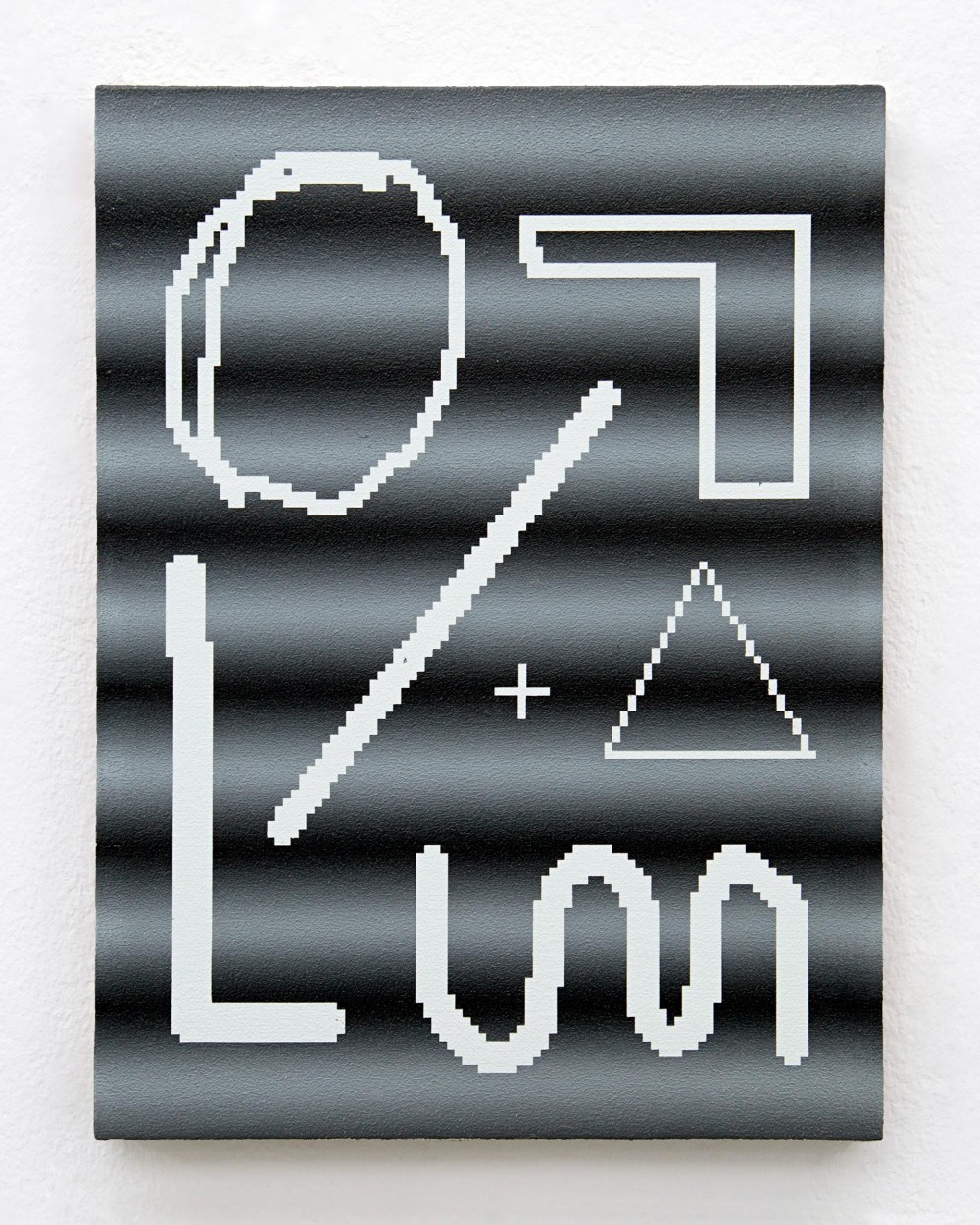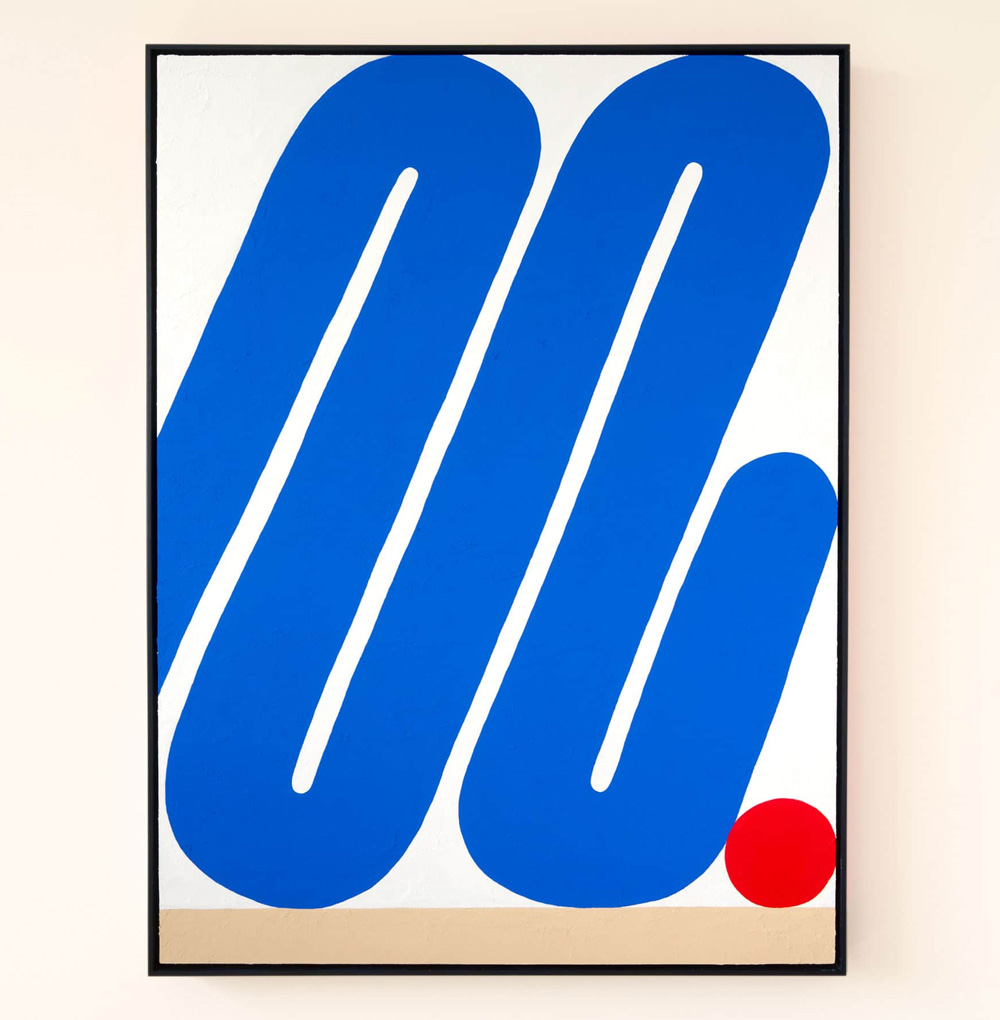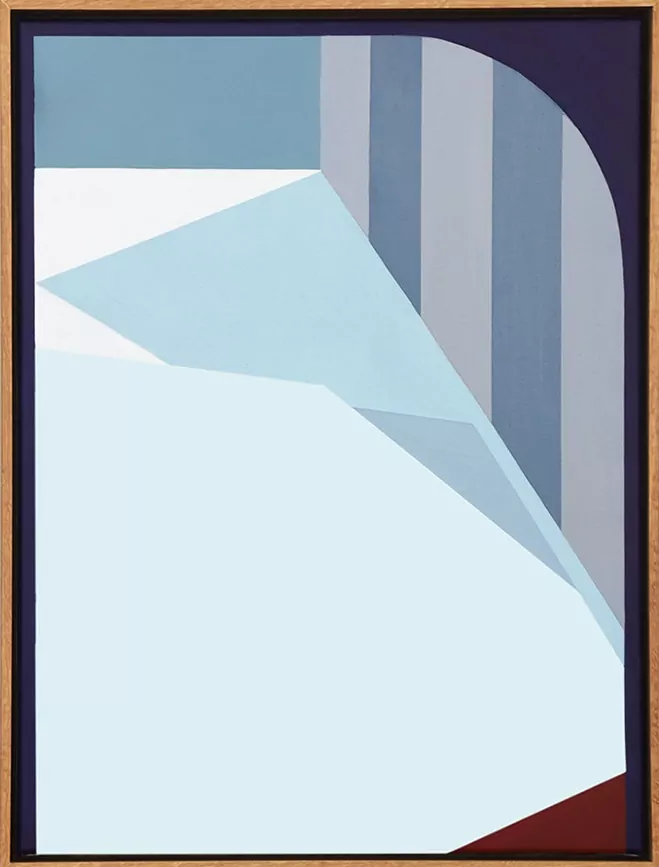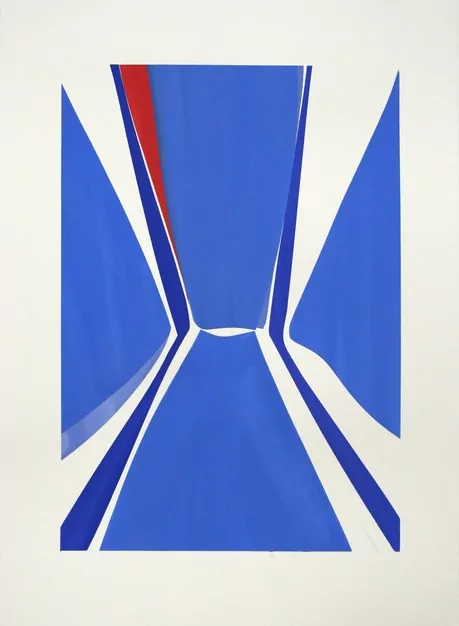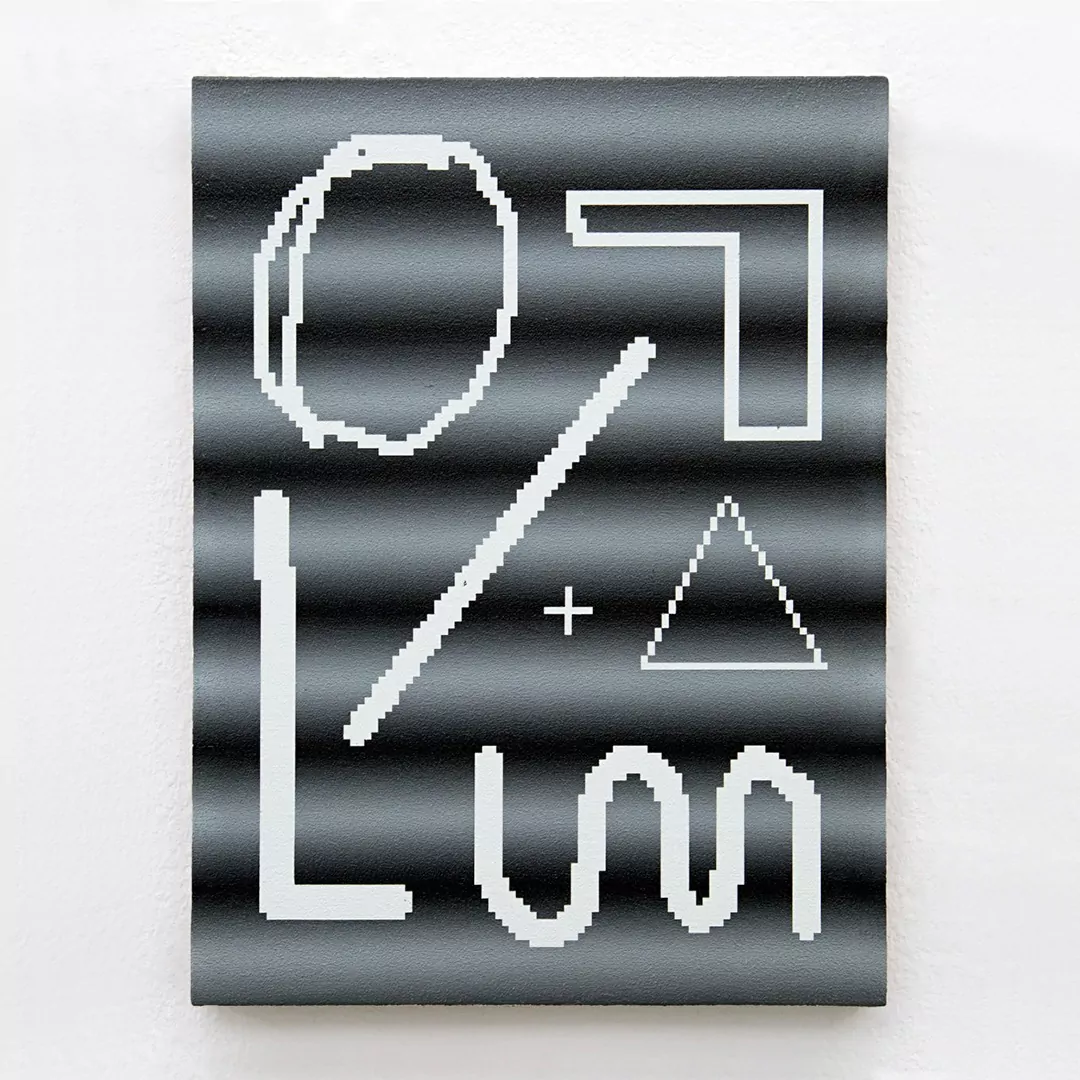
Digital Aesthetics – Paintings by German Artist Arno Beck
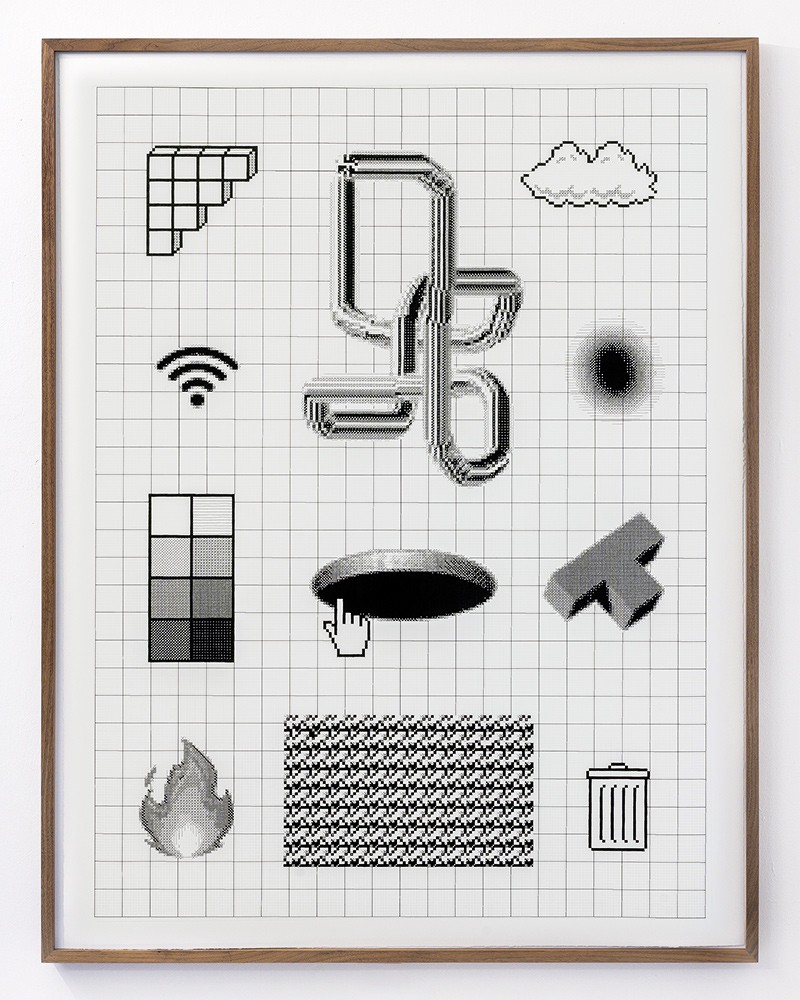
In recent decades, there has been a radical increase in the number of digital artists and digital art movements, which makes sense considering the increasing number of hours we spend using digital technology. One of the artists that I believe has carved himself a niche in the plethora of all this digital art is Arno Beck. He is a German artist and digital native and is known for creating artworks that embrace the aesthetics of 90’s computer graphics and the sense of nostalgia that comes with them.
While some of Beck’s paintings feature obvious aesthetic references from the 90’s, like Microsoft Paint computer graphics, some are more subtle and nuanced, like the use of a Gameboy’s colour palette. If you listen carefully to his paintings you can just make out the feint hum of an 8-bit synthesised electronic melody like that of a Nintendo 64 video game.
Although Beck’s work touches on Vapour Wave aesthetic and Pixel Art, he isn’t so much concerned with representing digital clichés as he is with embracing the essence of digital painterly techniques. His highly pixelated imagery, in a way, aims to portray the essence – the building blocks – of digital imagery. Like the cells in our body, if you zoom in on a high-resolution digital image you will find the multitude of pixels which make up that image.
Some of Beck’s work is created with a CNC plotter machine which mimics traditional painterly techniques using a mechanised process. Other bodies of work, instead, focus on using analog processes to create digitally inspired images, like the use of a typewriter to form digital landscapes or making colourful pixelated woodblock prints. These artworks represent those forms that were once intangible and only existing in the digital realm, and now Beck, through analog processes, has successfully transformed them into physical, tangible objects.
